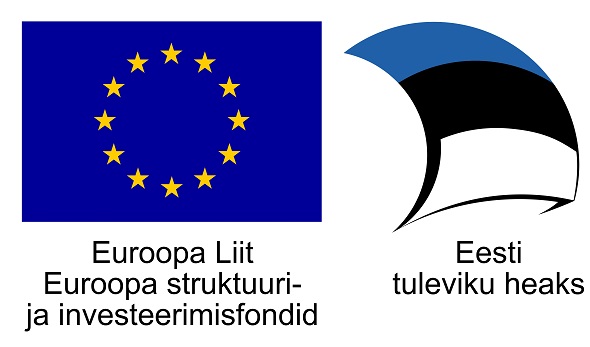Supporting cities and regions to raise EU regional funds for culture and creative industries
![]() The European Commission (EC) has recently issued its proposal for the 2014-2020 Cohesion Policy. With a budget of over € 376 billion for the new funding period, European regional policy represents over one-third of the EU budget. However, access to EU regional funding will be faced with much more demanding requirements and a more result-focused approach than the current one. EU funds will be released to regions and cities subject to performance or on the condition that, among others, Smart Specialisation Strategies (RIS3) exist.
The European Commission (EC) has recently issued its proposal for the 2014-2020 Cohesion Policy. With a budget of over € 376 billion for the new funding period, European regional policy represents over one-third of the EU budget. However, access to EU regional funding will be faced with much more demanding requirements and a more result-focused approach than the current one. EU funds will be released to regions and cities subject to performance or on the condition that, among others, Smart Specialisation Strategies (RIS3) exist.
Regions and cities have used 1.7% of structural funds’ budget for the period 2007-2013 to support culture and creative industries (CCIs), either to promote cultural heritage and tourism, to revitalise local economies or to enhance sustainable urban development.
The Commission is calling on regions to further invest EU regional policy funds in CCIs. CCIs are considered as a catalyst for structural change as they can boost local economies, create new and sustainable jobs, have important spill over effects on other industries and enhance the attractiveness of cities and regions (“Regional Policy contributing to smart growth in Europe”, 2010). Regions have been invited to develop “strategies for smart specialisation” (RIS3) which should embrace a broad concept of innovation including not only investment in research or the manufacturing sector, but also in design and creative industries (Smart Specialisation Platform Guide 2011). The European Commission is inviting regional authorities to integrate CCIs in innovation strategies for smart specialisation via a “creative ecosystem” that promotes traditional cultural assets as well as CCIs’ spill over effects into the local industry.
The Benchmarking Raster: a practical tool to assess the economic impact of local CCIs policies
The INTERREG IVC CREA.RE network has commissioned KEA to create a benchmarking raster (the raster), meaning a set of indicators to measure policies focusing on local economic development through CCIs. CREA.RE comprises 12 local and regional public authorities from 10 different EU countries. It aims to better involve the creative sectors in the development of European regions and urban centres.
The raster is a practical and user-friendly tool that allows regional and local authorities to assess the economic impact of policies supporting the development of CCIs. Adapted to the specifics of CCIs and mainly focused on policy instruments which impact on economic and business development (as opposed to social and cultural impacts), it may be used both in small and large urban centres.
A tool to develop Smart Specialisation Strategies and raise EU funds
The benchmarking raster is a useful tool for regions to access EU structural funds. It provides a policy evaluation tool that strengthens the content of funding application. Indicators showing the effectiveness of governance structures and the efficiency of management process reinforce the credibility of projects. This is important as EU structural funds are due to become more accessible to projects subject to management capacity (conditionality).
Evidence of the impacts of CCIs’ investment will also support the inclusion of CCIs in Smart Specialisation Strategies. The existence of RI3 is a requirement to access EU regional funds for innovation under the new Cohesion Policy.
Read more at Creative Europe blog





